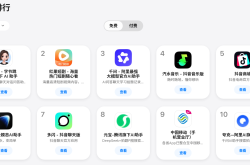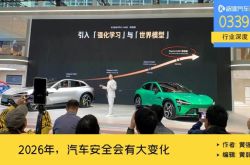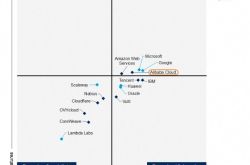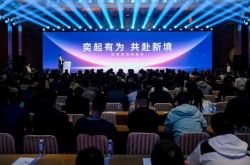Is It Anticipated That 1,500 4S Dealerships Will Shut Down This Year? Where Lies the Future of 4S Dealerships?
![]() 11/25 2025
11/25 2025
![]() 414
414
In the midst of the current thriving automotive era, the entities facing the most desolation are not the various joint - venture automakers. Instead, it's the numerous 4S dealerships. Once the most coveted market darlings, 4S dealerships used to conduct highly profitable and low - risk businesses. However, times have changed. There are even reports suggesting that 1,500 4S dealerships are expected to close down this year. So, where does the true future of 4S dealerships lie?

I. Anticipated Closure of 1,500 4S Dealerships This Year
According to Tencent Auto, Lang Xuehong, the Deputy Secretary - General of the China Automobile Dealers Association, discussed the survival situation of dealers in 2025 during a live dialogue program. He predicted a net decrease of nearly 1,500 dealerships throughout the year. In the first half of the year, the number of 4S dealerships across the country dropped from 32,000 to 31,400, with a net decrease of approximately 650. There were both closures and new additions, with 2,749 closures.
Lang Xuehong pointed out that the overall trend for the 4S networks of traditional fuel vehicles is on the decline. This is especially true for marginal joint ventures such as Chevrolet and Skoda, mainstream joint ventures like Honda and Nissan, and luxury brands including BBA and Jaguar Land Rover. In contrast, new energy brands like Leapmotor are on the rise. There's a notable phenomenon where luxury brand dealers are transitioning to independent brands in the same price range as new energy vehicles, such as those affiliated with Huawei.
The latest "China Automobile Dealers Inventory Alert Index Survey" VIA (Vehicle Inventory Alert Index) released by the China Automobile Dealers Association at the end of September revealed that the inventory alert index for Chinese automobile dealers in September 2025 was 54.5%. This represents a 0.5 - percentage - point increase year - on - year and a 2.5 - percentage - point decrease month - on - month. Since the inventory alert index is above the threshold, it indicates a decline in the prosperity of the automobile circulation industry.
The report showed that 54.8% of dealers reported that new car sales did not meet expected targets, while 45.2% of dealers met or exceeded expectations. The comprehensive forecast predicts that passenger car terminal sales in September will be approximately 2.2 million units. The report also stated that dealers currently face multiple pressures, including weak growth in customer flow, persistent price inversions, and declining profitability.
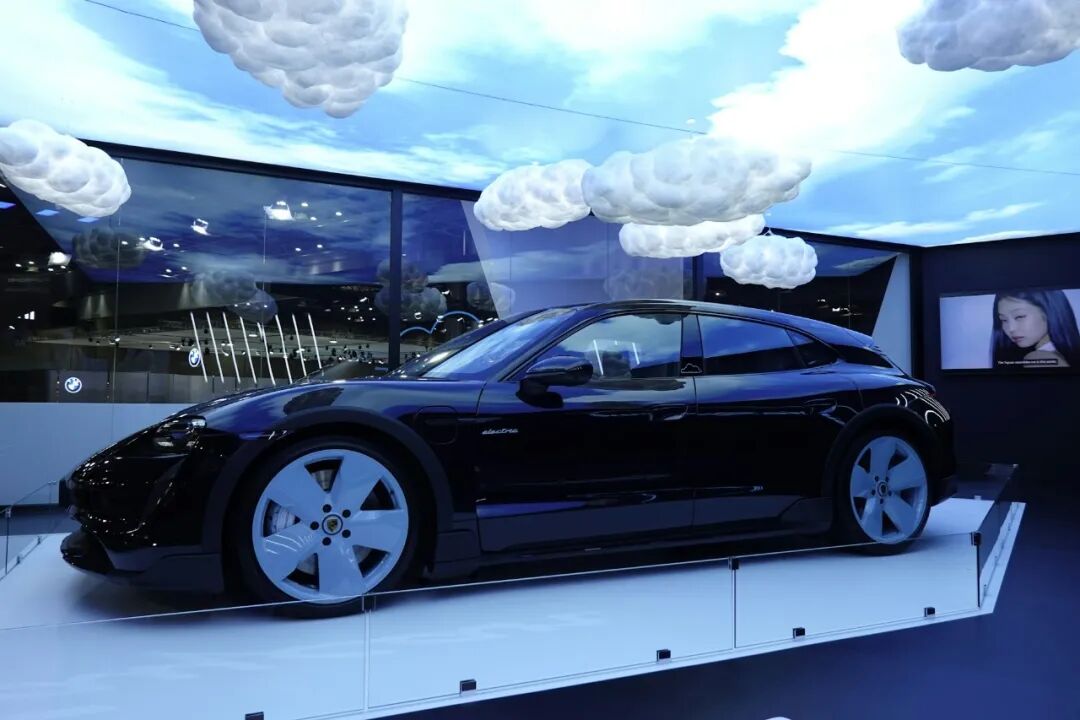
II. Where Does the True Future of 4S Dealerships Lie?
Recently, the news that "it is expected that 1,500 4S dealerships will close down this year" has drawn widespread attention. How should we view this situation?
Firstly, the success of 4S dealerships ultimately hinges on their control over market channels. For a long time in the past, 4S dealerships held a dominant position in the automobile sales market due to their unique business model. 4S dealerships integrate vehicle sales, spare parts, after - sales service, and information feedback into a single entity, providing consumers with a relatively centralized car - purchasing and after - sales service experience. At that time, for consumers, 4S dealerships were almost the only option for buying cars and the first place they thought of when they wanted to purchase a vehicle. With this almost monopolistic business model, 4S dealerships were the most prosperous business format in the car sales market. In fact, many popular models from well - known automakers could only be purchased with additional markups and configurations, almost akin to the situation in luxury stores. This was the prosperous scenario of 4S dealerships back then. However, as the market continued to develop and consumer awareness enhanced, some drawbacks of 4S dealerships gradually came to light.
Among these drawbacks, information asymmetry became the focal point of market criticism. By examining the core logic of 4S dealerships, we can see that this monopoly inevitably leads to arrogance. The issue most criticized by consumers is the use of information asymmetry by 4S dealerships to obtain excessive profits. During the automobile sales process, 4S dealerships often possess more information about vehicles, prices, and after - sales maintenance. Due to a lack of professional knowledge and sufficient information channels, consumers are often in a weak position during the car - purchasing and maintenance process. For example, in terms of vehicle pricing, 4S dealerships may formulate different pricing strategies based on different regions, time periods, and consumer groups, making it difficult for consumers to understand the true bottom price. In after - sales maintenance, 4S dealerships may recommend unnecessary maintenance projects or use expensive original factory parts, while consumers often find it difficult to discern the authenticity and reasonableness.
This information asymmetry not only harms consumer interests but also undermines the fair competition environment of the market. Over time, consumer trust in 4S dealerships has gradually diminished, and more and more consumers are beginning to seek other more transparent and fair car - purchasing and after - sales service channels. It is precisely because of this that various new automotive forces identified this issue when planning their market layouts and changed the traditional sales model of 4S dealerships.

Secondly, the direct sales model of new automotive forces has directly rewritten the market landscape. Currently, the problem with 4S dealerships is that they are facing a "dimensionality reduction strike" from the new energy direct sales model. This model achieves breakthroughs by eliminating the intermediary role of 4S dealerships through direct manufacturer sales. The rise of the new energy vehicle market has not only changed the power source of automobiles but also had a profound impact on the traditional automobile sales model. Unlike traditional fuel vehicles, new energy vehicle manufacturers prefer to use a direct sales model. The advantage of this model is that manufacturers can directly face consumers, reducing intermediate links, lowering costs, and better controlling product quality and service levels.
In contrast, as an important channel for traditional automobile sales, 4S dealerships appear somewhat inadequate in the face of this new business model. On the one hand, 4S dealerships need to bear high operating costs, including venue rental, personnel salaries, and inventory management, which makes them less competitive in terms of price. On the other hand, 4S dealerships are relatively lagging in service concepts and marketing methods, making it difficult to meet consumers' demands for personalization and convenience. Therefore, the emergence of the new energy direct sales model has undoubtedly dealt a huge blow to 4S dealerships, continuously squeezing their market share.

Thirdly, the forced transformation of 4S dealerships has become an inevitable trend. Facing the impact of the new energy direct sales model and profound market changes, the transformation of 4S dealerships is urgent. Currently, there are mainly two transformation paths available for 4S dealerships.
The first path is to settle down and act as agents for automakers, serving as their downstream partners. In this model, 4S dealerships need to establish closer and more stable cooperative relationships with automakers, becoming their sales and service representatives in specific regions. 4S dealerships must operate strictly in accordance with the requirements and standards set by automakers, including store image, sales processes, and after - sales service. At the same time, 4S dealerships should fully leverage their local resource advantages, such as customer relationships and market channels, to expand the market and enhance brand awareness for automakers. Through this approach, 4S dealerships can obtain a stable supply of vehicles and a certain profit margin with the support of automakers.
The second path is to quickly transform and embrace the new energy trend, changing the original model. 4S dealerships can actively collaborate with new energy vehicle manufacturers, introduce new energy vehicle brands, and establish a new energy sales and service system. During the transformation process, 4S dealerships need to learn the technical characteristics and sales service processes of new energy vehicle models and cultivate professional sales and service teams. At the same time, 4S dealerships can also launch some innovative service projects based on the characteristics of new energy vehicles, such as charging facility construction and battery recycling, to provide consumers with more comprehensive solutions.

Fourthly, where does the true future of 4S dealerships lie? Currently, the 4S dealership industry is in a period of painful reform forced by circumstances. Whether they can survive tests the strategic determination and execution ability of each enterprise. Reform is never a smooth journey. For many 4S dealerships that have long relied on traditional models and borne high rental and labor costs, transformation means immense pain, including declining profits, personnel adjustments, business restructuring, and even the risk of store closures and layoffs.
However, historical experience tells us that every industrial revolution eliminates a group of old forces while giving birth to a new group of winners. Today's difficulties present an opportunity to force the entire industry to improve service standards, optimize resource allocation, and return to the essence of being "customer - centric." Those enterprises that can recognize trends, make decisive decisions, increase digital investments, and reshape organizational culture are expected to stand out after the shakeout. Conversely, those that remain addicted to past successful paths and refuse to change will eventually be abandoned by the market.
The development history of 4S dealerships repeatedly warns us that no matter how prosperous a business format is, it needs to remain vigilant in times of peace. Your enemies often do not arise from within. Only enterprises that constantly embrace change can truly adapt to the market.

